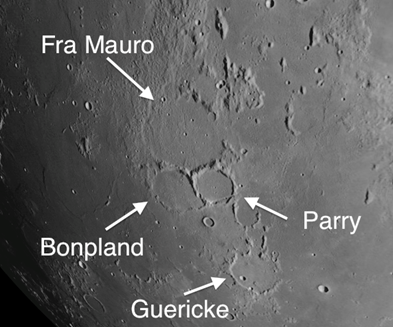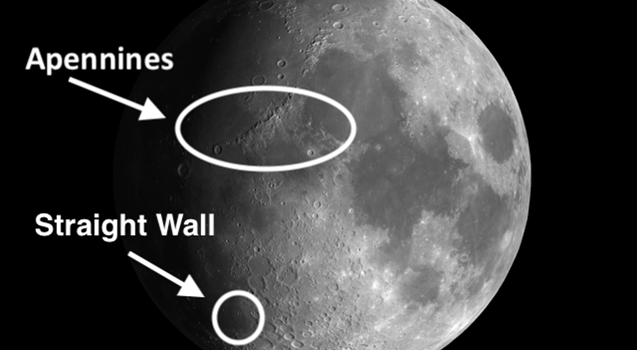The week of April 10-16 takes us from Day 20 to Day 26. This week we will highlight moon craters in the Fra Mauro region, located in the SW quadrant of the Field Map at K8, and viewable early Thursday
Craters in the Fra Mauro Region: Critical to Understanding an Important Process that Shaped the Moon









